i bc27f85be50b71b1 (167 page)
Read i bc27f85be50b71b1 Online
Authors: Unknown


GASTROINTESTINAL SYSTEM
535
IBS may have bacterial overgrowth in their small intestines and are
being successfully managed with antibiotic therapy.'s
Signs and symptoms of IBS include the following'9.4o:
• Diffuse abdominal pain, reports of feeling bloated, or both
• Constipation or diarrhea
• Correlation of GI symptoms with eating, high emotional states,
or stress
• No weight loss
• Tender sigmoid colon on palpation
Management of IBS includes any of the following39,4o,49:
• Laxatives or antidiarrheal (Ioperamide) agents
• Antispasmodic agents
• Dietary modifications, including a food diary to determine causative risk factors
• Counseling or psychotherapy
• Antibiotic therapy
• Surgery (in rare cases)
Malabsorption Syndromes
Malabsorptioll sYlldrome is a general term for disorders that are characterized by the small or large intestine's failure to absorb or digest carbohydrates, proteins, fats, vitamins, and electrolytes. This syndrome is commonly associated with patients who have manifestations of acquired immunodeficiency disease. The nutritional deficits that
result from malabsorption can lead to other chronic disorders, such as
anemia or osteoporosis. Malabsorption syndromes can result from
any of the foliowingJ9·so.sL
• Chronic pancreatitis
• Pancreatic carcinoma
• Crohn's disease (see Crohn's Disease)

536
AClJfE CARE HANDBOOK FOR PHYSICAL TIIERAI'ISTS
• Celiac sprue (small intescine mucosal damage from glutens
[wheat, barley, rye, and oats])
• Amyloidosis (disorder of protein metabolism)
• Lactase deficiency
• Zollinger-Ellison syndrome (see Zollinger-Ellison Syndrome)
• Whipple's disease (infection of the small intestine by TropherymG whippelii bacteria)
Signs and symptoms of malabsorption syndromes include the
following:
• Diarrhea, steatorrhea (excessive fat excretion), or both
• Anorexia and weight loss
• Abdominal bloating
• Bone pain
Management of malabsorption syndromes includes any of the
following39.51:
• Antibiotic therapy
• Dietary modifications and nutritional support
• Fluid, electrolyte, vitamin, and mineral suppOrt
Peritonitis
Peritonitis is general or localized inflammation in the peritoneal cavity as a result of bacterial or chemical contamination. Etiologies can include bacterial infection, ascites, perforation of the Gl tract, gangrene of the bowel, trauma, and surgical irritants.39,40,52
Signs and symptoms of peritonitis include the following:
• Fever
• Abdominal guarding with diffuse tenderness and rigidity
• Abdominal distention
• Diminished or absent bowel sounds
• Nausea, vomiting, or both


GASTROINTESTINAL SVSfEM
537
• Pain with deep inspirations (therefore shallow and rapid respirations)
• Tachycardia, hypotension
• Decreased urinary output
Management of peritonitis includes any of the following'9.52.5J:
• Laparoscopic evaluation, with or without subsequent surgical
correction of primary etiology
• Antibiotic therapy
• Fluid management with electrolytes and colloids
• Pain management
• Nasogastric suctioning
• Invasive moniroring of central hemodynamic pressures
Crohn's Disease
Crohn's disea e is a chronic, idiopathic, inflammatory disorder
occurring in any part of the GI system. The small intestine, particularly the ileum and the proximal portion of the colon, is most commonly involved, whereas the esophagus and stomach are
rarely affected. Suspected causes of Crohn's disease include genetic
predetermination, exaggerated immunologic mechanisms, infectious agents, psychological factors, dietary factors, and environmental factors.39.54.55
Signs and symptoms of Crohn's disease include the following:
• Constant crampy abdominal pain, often in right lower quadrant, not relieved by bowel movement
• Right lower quadrant abdominal mass
• Diarrhea
• Low-grade fever
• Fistula formation
Management of Crohn's disease includes any of the following'9.54-57:
• Anti-inflammatory medications (corticosteroids or cyrokines)



538
AClJrE CARE HANDBOOK FOR I)HYSICAL THERAPISTS
• Anribiorics
• i.v. fluids and dietary modification and support (possible total
parenteral nutrition use)
• Nasogastric suctioning
• Activity limitations (in acute phases)
• Surgical resection, either by open laparotomy or video laparoscopy, of involved area, with or without need for ileostOmy Complications of Crohn's disease can include the followingJ9.R
• Intestinal obstruction, possibly leading to fistula, abscess, or
perforations in the intestine
• Inflammation of eyes, skin, and mucous membranes
• Arthritis, ankylosing spondylitis
• Colon cancer
• Gallstones
• Vitamin B" deficiency
• Obstructive hydronephrosis
Ulcerative Colitis
Ulcerative colitis is a chronic inflammation of the intestine limited to
the mucosal layer of the colon and rectum. The definitive etiology of
ulcerative colitis is unknown, but suspected causes are similar to
those of Crohn's disease. Inflammation can be mild, moderate, or
severe.39,54.55
Signs and symptoms of ulcerative colitis include the followingl9•K
• Crampy lower abdominal pain that is relieved by a bowel
movement
• Small, frequent stools to profuse diarrhea (mild to severe)
• Rectal bleeding
• Fever
• Fatigue with anorexia and weight loss

GASTROINTESTINAL SYSTEM